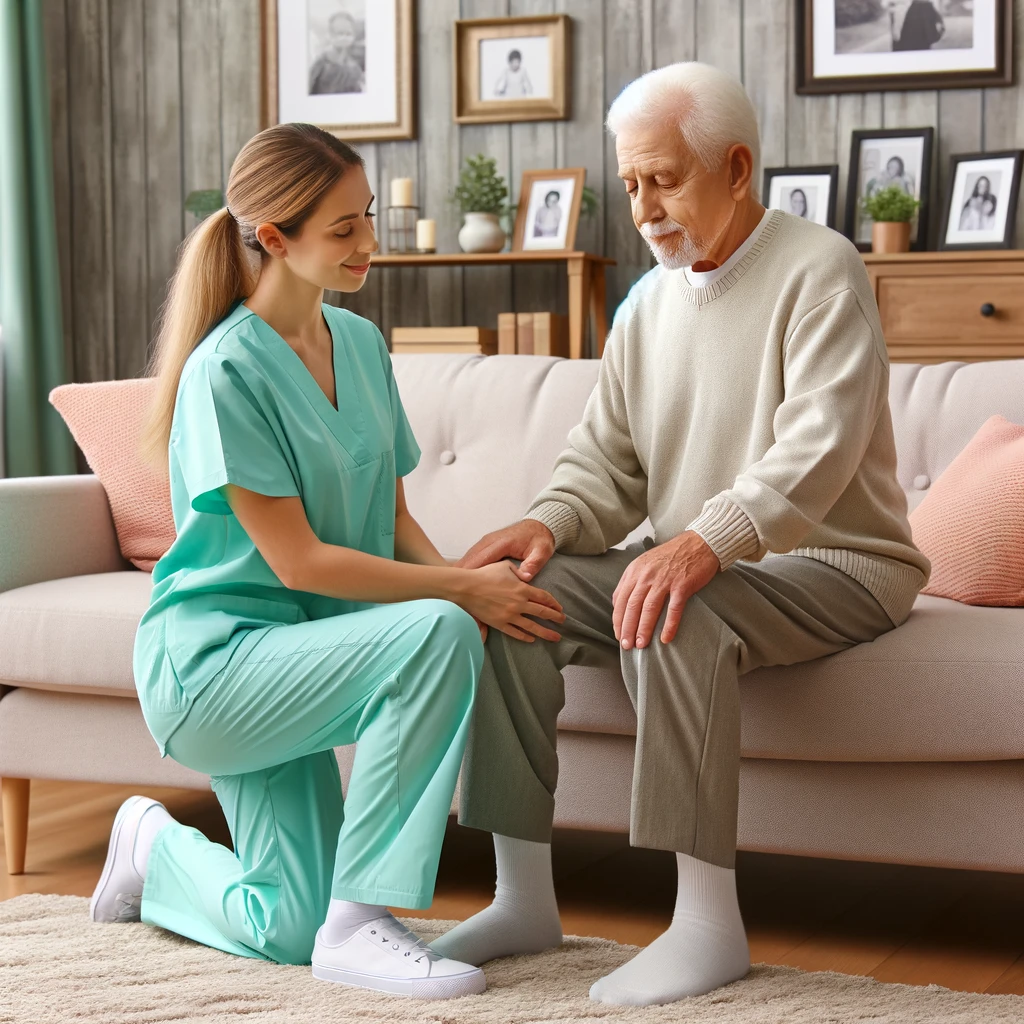Ergonomic Adjustments for Parkinson’s Patients at Home
Living with Parkinson’s disease presents unique challenges, particularly when it comes to maintaining safety and comfort in one’s own home. As the disease progresses, mobility decreases and the risk of falls increases, making it imperative to create a living environment that accommodates these changes. Ergonomic adjustments can significantly improve quality of life for those with Parkinson’s by reducing strain and enhancing daily functionality. Here are some practical tips on how to modify your home environment:
1. Improve Floor Safety
-
- Remove Rugs and Clutter: Eliminate trip hazards like area rugs and clutter that can catch on feet or walking aids.
-
- Non-Slip Flooring: Install non-slip mats or choose slip-resistant flooring options, especially in high-risk areas such as the bathroom and kitchen.
2. Modify the Bathroom
-
- Install Grab Bars: Place grab bars in the shower, near the toilet, and along other key areas to provide support.
-
- Use a Raised Toilet Seat: A raised toilet seat with arms can help make sitting down and standing up easier.
-
- Shower Chair: Consider a sturdy shower chair to reduce the risk of falls while bathing.
3. Optimize Lighting
-
- Increase Lighting: Ensure that your home is well-lit to prevent falls caused by poor visibility. Add extra lighting in hallways, staircases, and near doorways.
-
- Night Lights: Use night lights in bedrooms, bathrooms, and hallways to facilitate safe navigation at night.
4. Rearrange Furniture
-
- Spacious Pathways: Arrange furniture to create clear and wide pathways that accommodate mobility aids like walkers or wheelchairs.
-
- Stable Furniture: Ensure that furniture is stable and can support weight if leaned on; this is crucial for preventing falls.
5. Adjust Kitchen Layout
-
- Accessible Storage: Keep frequently used items in easy-to-reach locations. Avoid overhead storage that requires reaching or bending.
-
- Adaptive Utensils: Use ergonomic, non-slip kitchen utensils that are easier to grasp and use, reducing the strain on hands and wrists.
6. Bedroom Adjustments
-
- Bed Rails: Installing bed rails can provide support for getting into and out of bed.
-
- Choose the Right Mattress: Ensure the mattress supports proper posture and is easy to get in and out of, considering height and firmness.
7. Automate What You Can
-
- Voice-Activated Devices: Utilize voice-activated technology for lights, thermostats, and other devices to reduce the need to walk or reach for switches.
8. Create Resting Areas
-
- Strategic Seating: Place chairs or other seating options strategically around the home so there’s always a place to rest when needed.
Making these ergonomic adjustments not only enhances safety but also fosters independence by adapting the living space to the needs of someone with Parkinson’s disease. With thoughtful modifications, the home can remain a safe, comfortable, and functional environment, empowering those affected by Parkinson’s to maintain their lifestyle as much as possible. In addition to at-home modifications, community resources like our Parkinson’s Support Group in NJ offer emotional and educational support for patients and caregivers alike.
If you or a loved one is managing Parkinson’s and in need of professional in-home PT services in New Jersey, don’t hesitate to call our team for assistance. We specialize in providing personalized care to support your health and well-being in the comfort of your own home.
Steven Cheung, DPT
Steven is the founder and lead physical therapist at SYNAPTIC Rehabilitation. He earned a BS in Exercise Science Applied Kinesiology from Rutgers University in New Brunswick, NJ and his Doctorate degree from American International College in Springfield, MA. Steven specializes in movement disorders such as Parkinson’s disease and many other neurological disorders. Outside of practicing physical therapy Steven enjoys time with his wife, running, and staying active.

